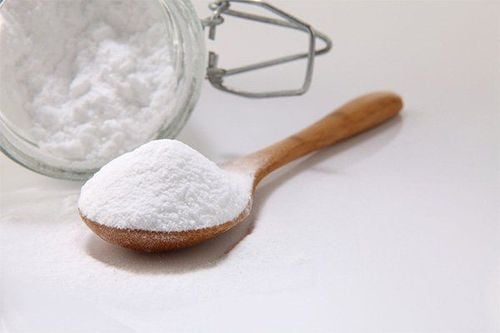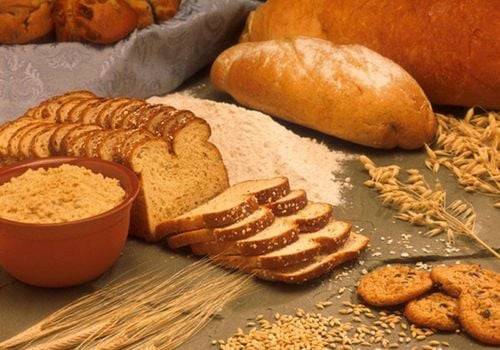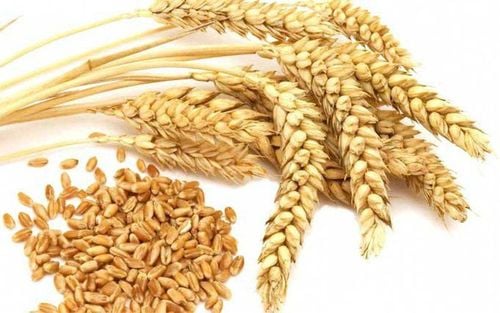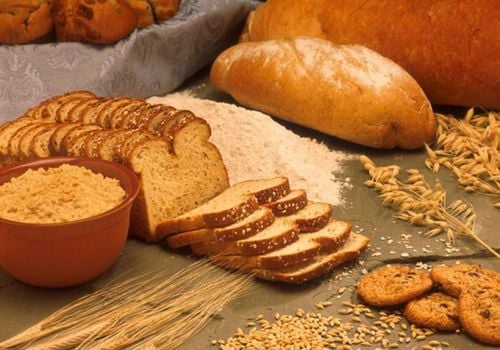This is an automatically translated article.
Bread is a food widely used in many countries around the world. Their common characteristics are that they are high in carbs, low in micronutrients, high in gluten and anti-nutrients that can lead to a number of potential risks to human health. However, now some breads are often fortified with other essential nutrients, such as vitamins and minerals. This gives you more choices in bread consumption.1. Bread is low in essential nutrients
Compared with other foods, such as vegetables, tubers, fruits; Bread contains very few essential nutrients for the body. It is relatively high in calories and carbs, but low in fat, fiber, protein, vitamins, and minerals.However, not all types of bread have the same nutritional ingredients. For example, whole wheat breads are very high in fiber, while sprouted grains are rich in vitamins C, E and beta-carotene.
Here is a comparison of the nutritional content of a slice of bread of different types of bread:
| Bánh mì trắng | Bánh mì ngũ cốc | Bánh mì chua | |
| Kích thước khẩu phần | 1 lát (25 gram) | 1 lát mỏng (33 gram) | 1 lát nhỏ (32 gram) |
| Calo | 67 | 92 | 93 |
| Tổng lượng chất béo | 1 gram | 2 gram | 0,6 gram |
| Carbs | 13 gram | 17 gram | 18 gram |
| Chất đạm | 2 gram | 3 gram | 4 gram |
| Chất xơ | 0,6 gram | 2 gram | 1 gram |
| Thiamine | 8% RDI | 7% RDI | 9% RDI |
| Folate | 7% RDI | 5% RDI | 12% RDI |
| Natri | 7% RDI | 5% RDI | 9% RDI |
| Mangan | 6% RDI | 31% RDI | 8% RDI |
| Selen | 6% RDI | 18% RDI | 12% RDI |
| Riboflavin (vitamin B2) | 5% RDI | 4% RDI | 5% RDI |
| Niacin | 5% RDI | 7% RDI | 8% RDI |
| Sắt | 5% RDI | 6% RDI | 6% RDI |
2. Gluten-Contained Bread
Most wheat products, especially bread, contain Gluten - a protein that helps the dough become elastic and elastic in texture.Many people can easily digest Gluten, while some cannot tolerate them. Typically, in cases of Celiac disease - an autoimmune disorder, when consuming gluten can destroy the lining of the small intestine, and make the patient's ability to absorb nutrients impaired.
For people who are sensitive to gluten may experience symptoms such as stomach pain, bloating or diarrhea. Therefore, they should avoid bread consumption altogether to prevent negative side effects that can affect their health. You can opt for gluten-free breads, which are usually made with brown rice, tapioca or potato flour instead of using wheat flour.
3. Bread contains high Carbs content
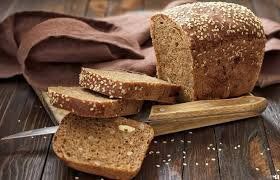
Bánh mì là một loại thực phẩm rất giàu carbs
Our body often has a tendency to convert carbs to glucose, which causes blood sugar levels to rise. When consuming foods with a high glycemic index (GI - the rate at which the blood sugar rises after eating food) will lead to the risk of rapid hunger and cravings. In addition, a diet high in carbs can lead to type 2 diabetes and metabolic syndrome - a group of health conditions that increase the risk of heart disease.
However, whole grain breads often contain high levels of fiber, which slows down the absorption of sugar in the blood, thereby helping to balance blood sugar levels in the body. Some studies also show that adding more fiber to the daily diet will prevent heart-related problems, while nourishing the beneficial bacteria in the gut and improving health. Digestive.
4. Bread contains antinutrients (Antinutrients)
Grains often contain antinutrients, which are compounds that interfere with the body's absorption of essential nutrients. In particular, cereals contain a lot of phytic acid - a molecule that binds with zinc, iron, calcium and magnesium, making the absorption of these substances difficult.Whole grain breads are generally higher in fiber and richer in nutrients than white bread - they contain less fiber, but they are higher in antinutrients.
For people adopting a healthy diet, full of nutrients, antinutrients are often of little concern. In contrast, vegetarians, or vegans, seem to be aware that antinutrients contribute to severe nutritional deficiencies.
To reduce the content of antinutrients and enhance absorption by the body, you should soak and sprout cereals before baking.
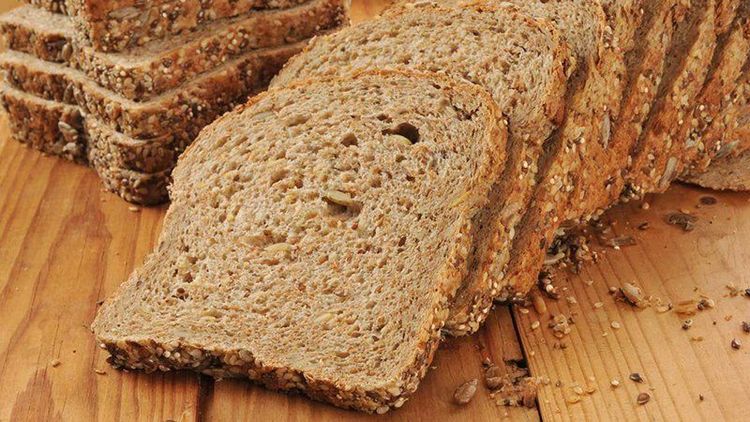
Bánh mì ngũ cốc thường có hàm lượng chất xơ cao và các thành phần dinh dưỡng phong phú hơn so với bánh mì trắng
5. Bread is fortified with vitamins and minerals
Bread is often low in essential nutrients such as fiber, protein, vitamins and minerals. However, in the current bread production process, people often add micronutrients to increase the nutritional value of bread. Some of these compounds, including thiamine, iron, riboflavin, and niacin.Although each serving of bread has been fortified with vitamins and minerals, they can only provide a small amount of the micronutrients that the body needs. To meet nutritional needs, you should combine their use with a healthy diet.
6. Some Health Benefits of Whole Grains
Consuming whole grains can provide some amazing health benefits.In fact, adding whole grains to your daily diet can significantly reduce your risk of heart disease, obesity, diabetes, or colorectal cancer.
Some breads are made from flour that has been pulverized, which speeds up digestion and reduces many of the potential health benefits. This is also the reason why whole grains such as oats, barley and buckwheat are not usually used in the production of certain types of bread or other refined grains.
However, whole grain breads are rich in fiber, protein, and several other essential nutrients, including manganese and selenium. The content of these substances is often higher than white bread, so it has become an ideal choice for people who are looking to lose weight or improve their health.
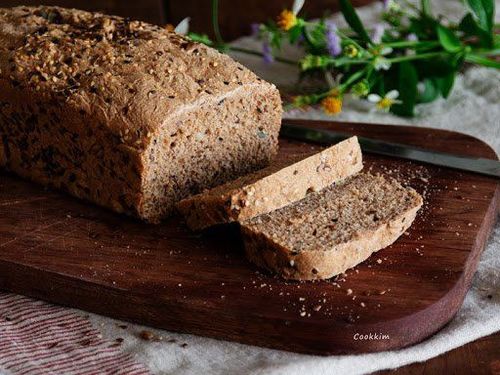
Bánh mì ngũ cốc nguyên chất rất giàu chất xơ, protein, cùng một số chất dinh dưỡng thiết yếu khác
7. Which bread is the healthiest?
Making smart choices about bread helps you optimize your diet and prevent negative health side effects from bread.Whole grain bread would be a better choice than white bread, because it provides more protein and fiber, which are two ingredients that have the ability to slow down the absorption of sugar in the blood, and keep blood sugar levels more stable. Besides, whole grain bread is also rich in manganese and selenium - two important nutrients for the body.
Alternatively, you can also choose bread made with sprouted grains, such as Ezekiel bread, to maximize the nutritional benefits of bread. Many studies have shown that this type of bread contains a lot of folate, fiber, vitamin C, vitamin E and beta-carotene, moreover, they also contain very few anti-nutrients.
Please dial HOTLINE for more information or register for an appointment HERE. Download MyVinmec app to make appointments faster and to manage your bookings easily.
Article referenced source: healthline.com



